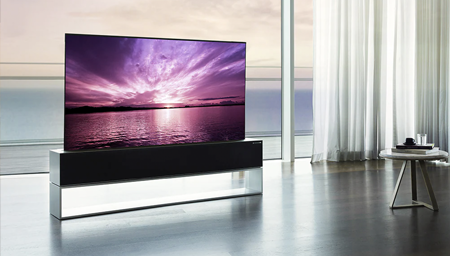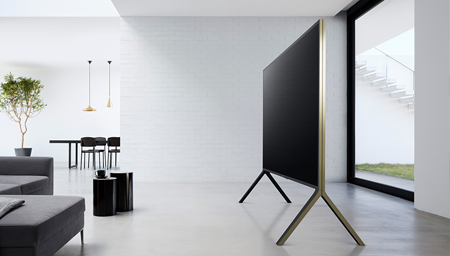“These oceanfront residences are built on raised piers to keep them above the flood zone, which means they almost never have a basement, the most traditional location for a home theater”
Sign up for our monthly newsletter
to stay up to date on Cineluxe
You don’t need to sacrifice your scenic vistas to have great home entertainment experiences—or vice versa
by John Sciacca
March 6, 2022
I live and do most of my installations in an area of South Carolina known as the Grand Strand, which is defined as “an arc of beach land on the Atlantic Ocean in South Carolina extending more than 60 miles from Little River to Winyah Bay.” You’re probably more familiar with it as the generic “Myrtle Beach,” and we happen to be the golf capital of the world, so tourism is a huge part of the economy.
Many of our clients have beachfront property with large banks of floor-to-ceiling windows providing unobstructed views, and one of the biggest design priorities is preserving that “million-dollar view.” But that doesn’t mean the clients want to abandon all of the entertainment possibilities; it just means they want us to be more creative about how we integrate technology throughout their homes. In addition, many of these residences are second (or even third) homes, which can also influence the decisions the owners make when selecting the technology they want throughout the home.
While all of that open glass is great for looking out during the day, it also means people can look back in, especially at night when it’s dark out and you have lights on in the home. This was something I discussed in “Women Do Care About This Stuff,” where the homeowner was keen to preserve his beautiful views but wanted privacy so his family wasn’t on display at night.
For these applications, dual-roller shades from companies like Lutron are becoming increasingly popular. With the shades built into recessed pockets, the hardware is completely out of site and doesn’t have an impact on the gorgeous views. Sheer shades can be lowered to keep out the sun and provide some privacy during the day while retaining the views, with the hembars creating a nice architectural line across the windows. After the sun sets, a blackout shade silently lowers in front of the windows for total privacy.
These shades can be programmed to raise and lower automatically based on sunrise and sunset. They can even use Lutron’s Hyperion sun-tracking feature to adjust their levels based on the sun’s position throughout the day, meaning the home is always set to deliver the perfect view, while respecting the occupants’ privacy.
Something else we’ve learned is that the hurricane-rated glass in these windows wreaks havoc on Wi-Fi signals. Instead of passing through the glass like a typical window, the radio signals actually bounce back into the home, so getting solid Wi-Fi coverage throughout the rooms—and porches—means using outdoor-rated wireless-access points.
Another installation obstacle is our very high water table, which means these oceanfront residences are built on raised piers to keep them above the flood zone. So homes in our area almost never have a basement, the most traditional location for a home theater.
Because of that, we do far more multi-purpose media rooms in large, open areas than we do dedicated theaters with projectors, which require serious lighting control via blackout shades or drapes. We’ll often employ large, 75- and 85-inch direct-view LED displays that produce bright images that can compete with the sunlight for viewing during the day and that are big enough to be cinematic for an evening movie. We’re also excited about the new jumbo-sized direct-view sets from companies like Sony, which give us an option for doing screen sizes up to 100 inches. In fact, my business partner just sold three of these new 100-inch sets for an upcoming project!
For customers who don’t want a large screen potentially dominating a room’s décor, there are other solutions. One is LG’s Rollable OLED—a self-contained technological marvel that delivers a fantastic image when in use but that completely disappears when not. Ultra-short-throw projectors offer another great solution, with a variety of creative furniture options that can conceal the projector and any other electronics the system requires. Aegis AV offers its Andromeda solution that conceals everything—including a motorized projection screen up to 120 inches diagonal—in a customizable cabinet.
Just as every homeowner has different wants, needs, tastes, and budgets, homes themselves will often have elements that can dictate design. But there are often creative ways to solve these installation challenges and end up with a project that looks and sounds great.
Probably the most experienced writer on custom installation in the industry, John Sciacca is co-owner of Custom Theater & Audio in Murrells Inlet, South Carolina, & is known for his writing for such publications as Residential Systems and Sound & Vision. Follow him on Twitter at @SciaccaTweets and at johnsciacca.com.
“While all of that open glass is great for looking out during the day, it also means people can look back in“
related articles
© 2023 Cineluxe LLC





